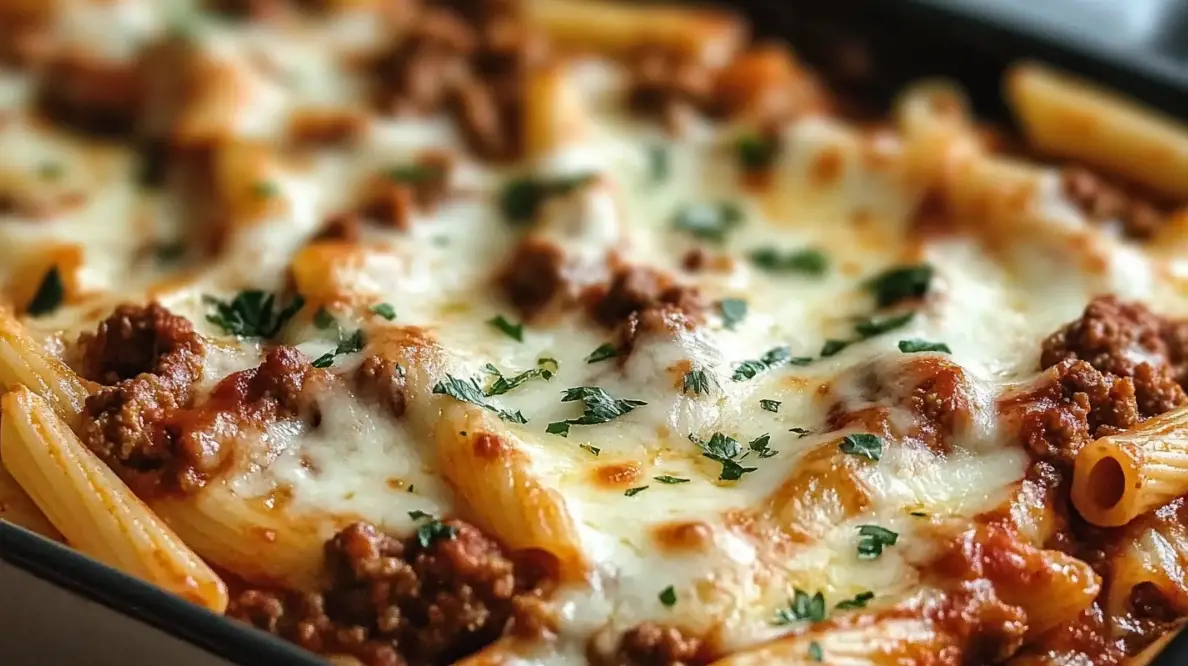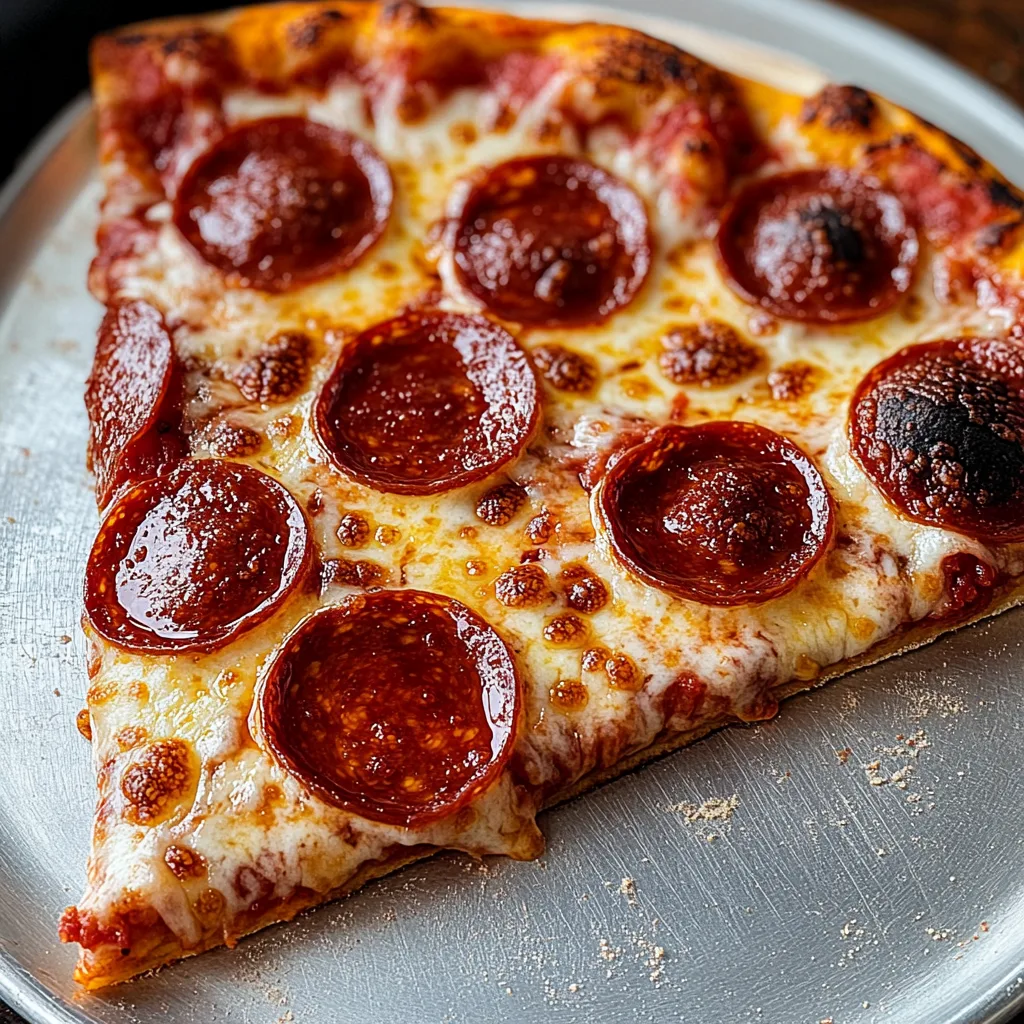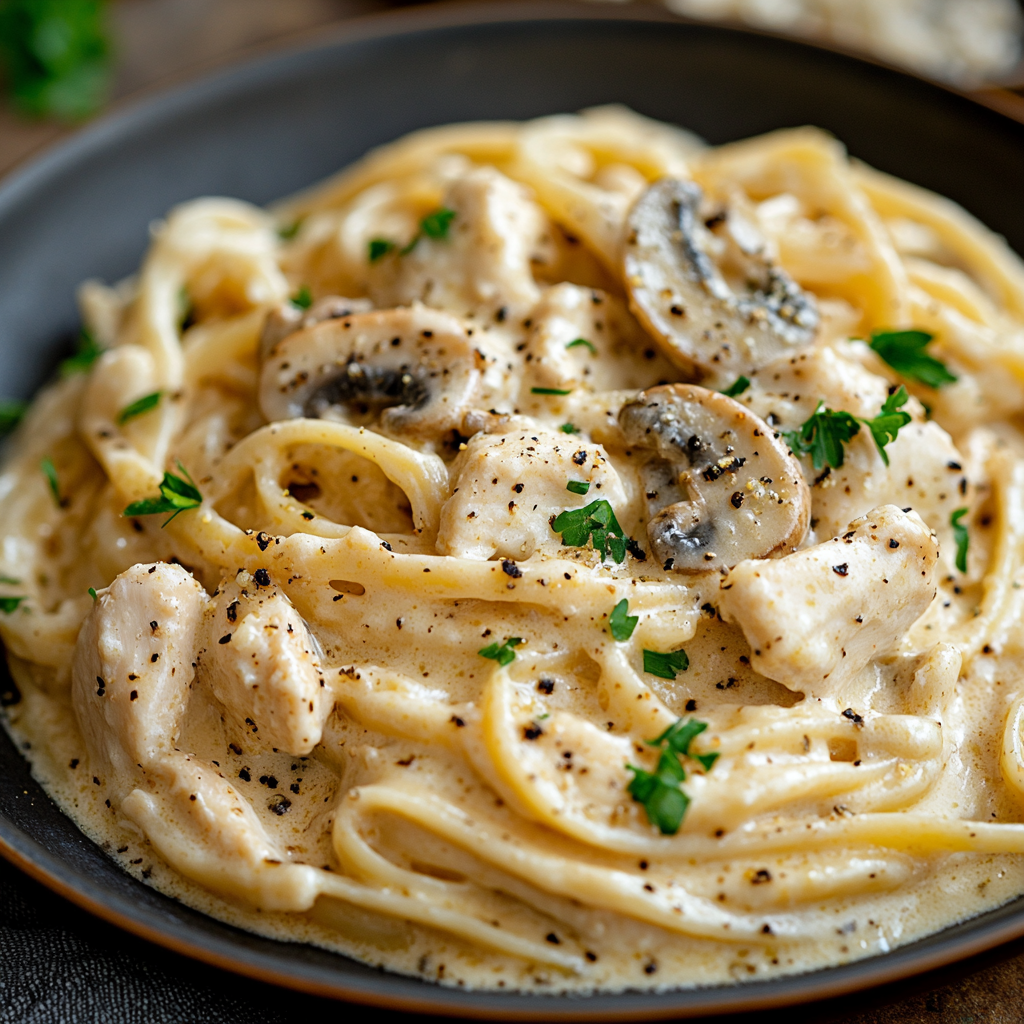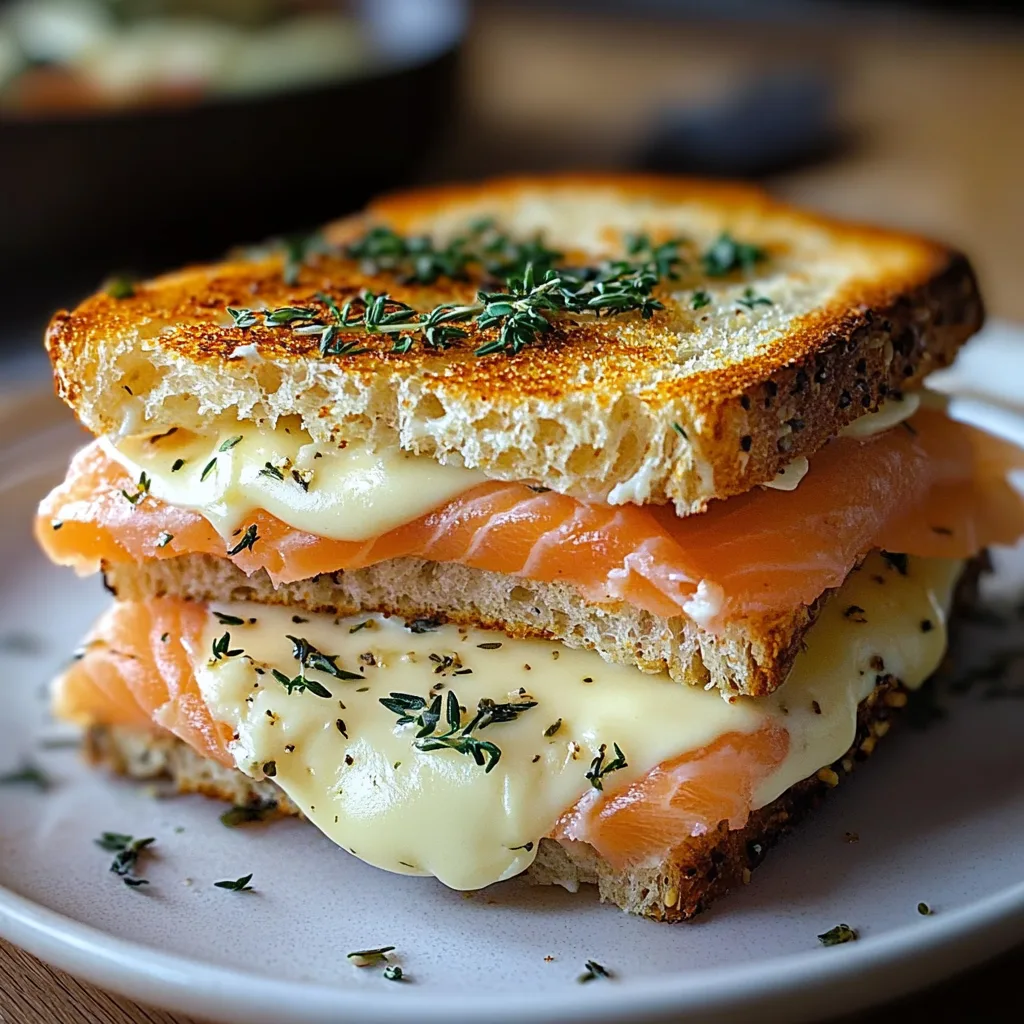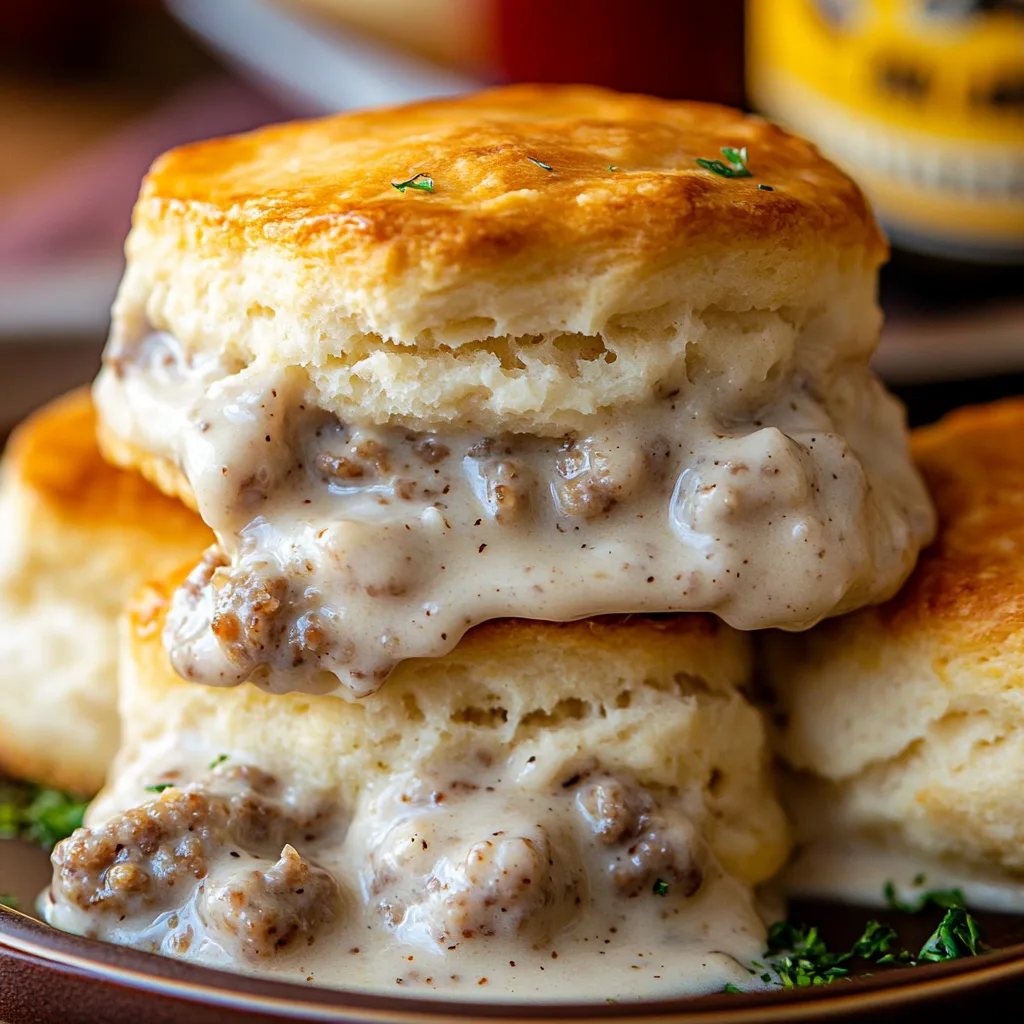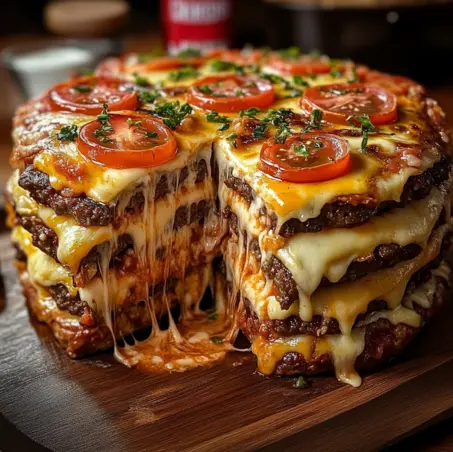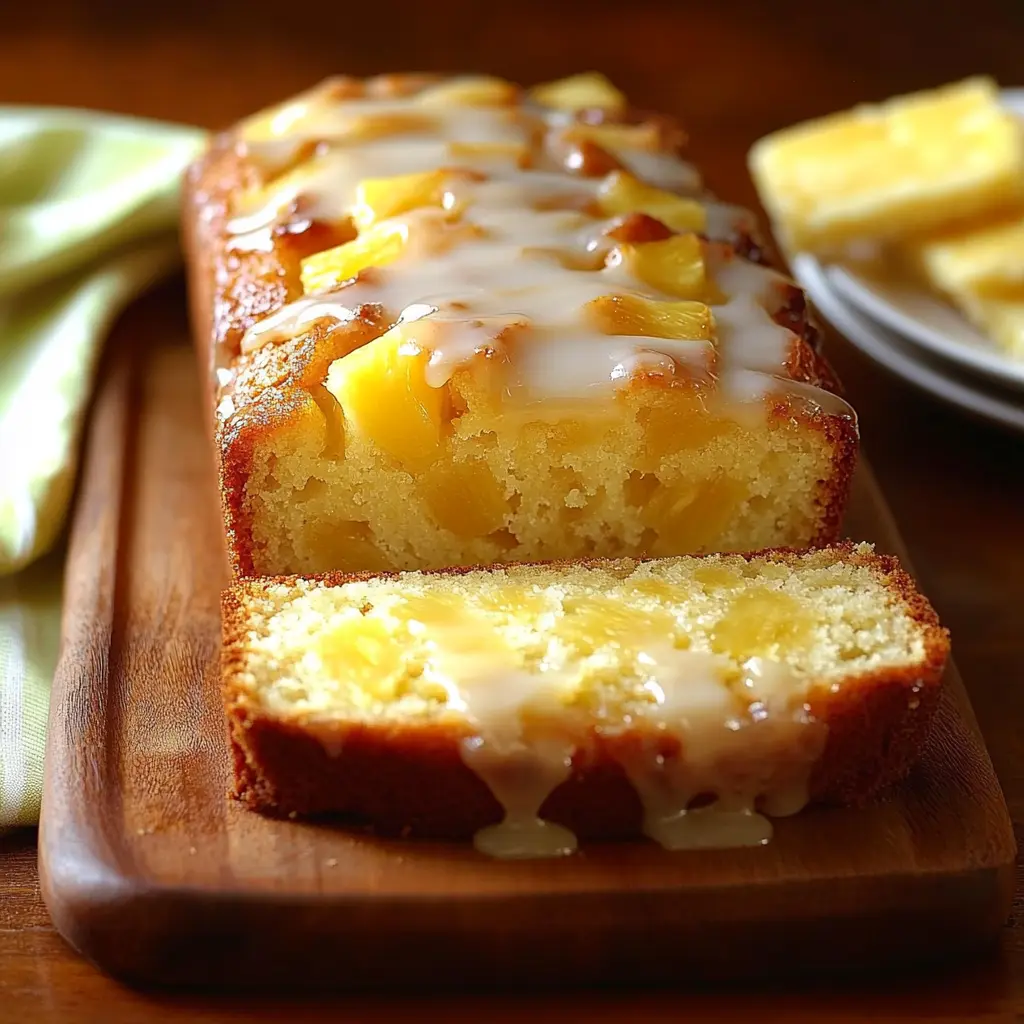Mostaccioli, a type of pasta originating from Southern Italy, has been a part of Italian cuisine for centuries. The name “Mostaccioli” comes from the Italian word “mosto,” referring to must (freshly pressed grape juice), which was historically used in some early versions of the pasta dough.
Significance of the Dish in Italian-American Cuisine:
In the U.S., Mostaccioli has become a beloved dish, especially in Italian-American households. Baked Mostaccioli, in particular, gained popularity as a hearty, family-style meal that could easily be served in large quantities, making it a go-to for family gatherings, holidays, and potlucks.
Why It’s Popular for Family Gatherings and Events:
The dish is prized for its simplicity and versatility. It can be easily modified to suit various tastes and dietary preferences, whether vegetarian or meat-based. The combination of pasta, sauce, and cheese baked to a bubbling golden perfection makes it a comforting, crowd-pleasing meal for both children and adults alike.
What is Mostaccioli?
- Explanation of Mostaccioli Pasta:
Mostaccioli is a tubular pasta similar to penne, but with a key difference: Mostaccioli has smooth sides, while penne is typically ridged. The smooth texture allows it to hold onto sauces in a different way, making it perfect for baked dishes. - Differentiating It from Similar Pasta Shapes:
While Mostaccioli may look like penne or ziti at first glance, the smooth surface and slightly larger tube diameter distinguish it. Unlike ridged pasta, Mostaccioli’s texture provides a more delicate mouthfeel when combined with rich sauces like marinara or Alfredo. - Cultural Importance of Mostaccioli in Italy and the U.S.:
In Italy, Mostaccioli is often enjoyed in simple sauces or casseroles. However, in the U.S., it has evolved into a baked dish with layers of cheese and meat, becoming a staple at celebrations, especially in areas with large Italian-American populations.
Ingredients for Baked Mostaccioli
- Pasta: Type and How to Cook It Properly:
Mostaccioli is the ideal pasta for this dish due to its ability to absorb sauces well. Cooking the pasta to “al dente” is crucial since it will continue cooking in the oven. Cooking tips: Boil Mostaccioli in salted water for 8-10 minutes or until it’s firm to the bite. - Meat Options:
Ground beef and Italian sausage are common choices for baked Mostaccioli. Both add richness to the dish, but the meat can be substituted with ground turkey or left out entirely for a meatless version. For a spicier twist, hot Italian sausage or pepperoni can be added. - Cheese Choices:
Mozzarella is often used for its melting properties, creating a gooey, cheesy top layer. Ricotta can add creaminess, while parmesan offers a sharp, nutty contrast. Many recipes use a combination of these cheeses to create complex layers of flavor. - Tomato Sauce:
Homemade marinara sauce is preferred for its fresh taste, but store-bought options work as well. Choose a rich, flavorful sauce with a balance of acidity and sweetness. Adding a bit of red pepper flakes or garlic can enhance the flavor. - Optional Ingredients:
Vegetables like spinach, mushrooms, and zucchini can be included to make the dish more nutritious. Other popular additions include olives or roasted red peppers for a Mediterranean touch.
Step-by-Step Guide to Making Baked Mostaccioli
- Prepping the Pasta:
Boil the pasta in salted water until it’s slightly undercooked (al dente). This ensures the pasta doesn’t get mushy after baking. Drain and set aside while preparing the sauce. - Preparing the Sauce:
To make a flavorful tomato sauce, sauté garlic and onions in olive oil. Add crushed tomatoes, tomato paste, Italian seasoning, and fresh basil. Simmer for 20 minutes until the sauce thickens and the flavors meld together. For a richer sauce, incorporate ground meat and cook until browned. - Assembling the Dish:
In a large baking dish, layer the pasta, sauce, and cheese. Start with a layer of sauce, followed by pasta, more sauce, and a mixture of mozzarella and ricotta cheese. Repeat the layers until all ingredients are used, ending with a generous layer of cheese on top. - Baking Instructions:
Preheat the oven to 375°F (190°C). Cover the dish with foil and bake for 25 minutes. Remove the foil and bake for an additional 10-15 minutes, or until the top is bubbly and golden brown. Allow the dish to rest for a few minutes before serving to ensure the layers stay intact. - Suggested Tools:
Use a large, oven-safe baking dish (glass or ceramic), a colander for draining the pasta, and sturdy utensils like a spatula or slotted spoon for layering the ingredients. A cheese grater for freshly grated parmesan will enhance the final flavor.
Variations of Baked Mostaccioli
- Meat Lover’s Version:
For a hearty, meat-packed version, use a combination of ground beef, Italian sausage, and pepperoni. The pepperoni adds a savory, slightly spicy kick, while the sausage infuses the dish with a rich, meaty flavor. - Vegetarian Baked Mostaccioli:
Replace the meat with vegetables like spinach, mushrooms, zucchini, and bell peppers. These veggies add texture and nutritional value without sacrificing flavor. Adding more cheese like ricotta or a béchamel sauce can also enhance the creamy texture. - Gluten-Free and Dairy-Free Options:
Substitute gluten-free Mostaccioli pasta and dairy-free cheese for a version suitable for those with dietary restrictions. Many gluten-free pasta options hold up well when baked, and vegan cheese alternatives (such as almond-based mozzarella) provide a creamy, satisfying result.
The Perfect Sides for Baked Mostaccioli
- Garlic Bread and Other Breads:
A classic pairing for baked Mostaccioli is garlic bread, toasted to perfection with butter and herbs. Ciabatta or focaccia also make excellent accompaniments, offering a crunchy contrast to the creamy pasta. - Salads:
Light, fresh salads help balance the richness of the dish. A Caesar salad with crisp romaine, Parmesan, and croutons is a popular choice. Mixed greens with a lemon vinaigrette or an antipasto salad featuring olives, artichokes, and cured meats are also great options. - Wine Pairings and Beverages:
A bold red wine like Chianti or a Zinfandel complements the hearty flavors of baked Mostaccioli. For non-alcoholic options, sparkling water with a slice of lemon or iced tea can provide a refreshing contrast to the richness of the dish.
The History of Baked Mostaccioli
- Origins of the Dish and Its Development in Italian-American Households:
Mostaccioli’s origins trace back to Southern Italy, where pasta dishes featuring hearty sauces have long been a staple. However, the baked version of Mostaccioli as we know it today, loaded with cheese and sauce, is largely an Italian-American creation. As Italian immigrants moved to the U.S. in the late 19th and early 20th centuries, they adapted their recipes using the ingredients available, and baked casseroles became a common preparation style. - Differences Between Traditional Italian Recipes and American Adaptations:
In traditional Italian cuisine, Mostaccioli is often served with a simple tomato or meat sauce, without the layers of cheese and baking process that characterize the American version. In the U.S., the dish evolved into a cheesy, baked casserole, similar to lasagna, due to the American penchant for combining pasta with lots of cheese and turning it into a heartier, one-dish meal for family gatherings.
Tips for Making the Best Baked Mostaccioli
- Getting the Pasta Texture Right:
Cooking the pasta al dente is crucial because it will continue to cook in the oven. Overcooked pasta can become mushy after baking. To get the right texture, check the pasta a few minutes before the recommended cooking time and drain it while it’s still firm. - How to Make the Sauce Richer:
For a deeper, more robust flavor, consider simmering the sauce for longer to concentrate the flavors. Adding a splash of red wine, a pinch of sugar, or fresh herbs like basil and oregano can enhance the sauce. For a richer texture, stirring in a dollop of cream or mascarpone at the end can add smoothness. - Achieving the Best Cheese Melt and Golden Crust:
Layering the cheese inside the dish ensures every bite is flavorful, but for the perfect crust, sprinkle the top generously with shredded mozzarella or a blend of mozzarella and parmesan. Remove the foil in the last 10 minutes of baking to let the cheese brown and bubble.
Storing and Reheating Leftovers
- Best Practices for Storing:
Leftover baked Mostaccioli can be stored in an airtight container in the refrigerator for up to 3 days. If you want to freeze it, first let the dish cool completely, then wrap it tightly in plastic wrap or aluminum foil before placing it in a freezer-safe container. It can be frozen for up to 3 months. - Reheating Methods That Preserve Texture and Flavor:
To reheat refrigerated Mostaccioli, cover it with foil and bake in a preheated 350°F (175°C) oven for 20-25 minutes, or until heated through. To prevent the dish from drying out, add a spoonful of sauce or a splash of water before reheating. If reheating from frozen, thaw it in the fridge overnight before baking. Microwaving is an option for quicker reheating, but it may cause the pasta to become too soft or the cheese to lose its texture.
FAQs
- What Type of Pasta Can Be Used Instead of Mostaccioli?
If Mostaccioli is unavailable, you can substitute it with other tubular pasta such as penne, rigatoni, or ziti. These shapes are sturdy and hold up well to baking and thick sauces. Ziti is a particularly popular alternative in many baked pasta dishes. - Can I Prepare This Dish Ahead of Time?
Yes, baked Mostaccioli can be prepared in advance. Assemble the dish as instructed, but instead of baking it immediately, cover it tightly and refrigerate for up to 24 hours. When ready to bake, take it out of the fridge and allow it to come to room temperature before placing it in the oven. If baking straight from the fridge, add an additional 10-15 minutes to the baking time. - How Do I Make a Healthier Version of Baked Mostaccioli?
For a lighter version, use whole wheat pasta and lean meats like ground turkey or chicken sausage. You can also reduce the amount of cheese or opt for lower-fat cheeses. Incorporating more vegetables like zucchini, spinach, or mushrooms can boost the nutritional value of the dish without compromising on flavor. - How Can I Make It Without Cheese or with Vegan Cheese?
For a dairy-free or vegan version, replace the cheese with vegan alternatives made from nuts, soy, or coconut. Almond-based ricotta and cashew mozzarella are popular choices. Additionally, use a vegan tomato sauce and substitute the meat with plant-based alternatives like tofu or lentils for a fully vegan dish. - What’s the Difference Between Mostaccioli and Ziti or Penne?
Mostaccioli and ziti are both smooth, tubular pasta shapes, but Mostaccioli is slightly larger and typically cut diagonally at the ends, while ziti is cut straight. Penne is similar in size to Mostaccioli but has ridged sides, making it better at holding onto thicker sauces. All three types work well in baked dishes, but the texture and sauce adherence will differ slightly.
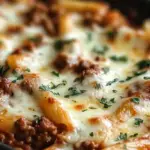
Baked Mostaccioli
Description
Baked Mostaccioli is a comforting and hearty Italian-American dish that combines tubular pasta with layers of rich tomato sauce, melted cheese, and optional meats like sausage or ground beef. It’s a versatile casserole-style meal, perfect for family dinners, potlucks, or gatherings, with its cheesy, bubbly top and savory, flavorful filling. Whether you’re serving a crowd or meal-prepping for the week, this dish is simple to make, with plenty of room for personal tweaks based on dietary preferences or ingredients on hand.
Ingredients
- 1 lb mostaccioli pasta uncooked
- 1 tbsp olive oil for sautéing
- 1 medium onion finely chopped
- 2 cloves garlic minced
- 1 lb ground meat beef or Italian sausage, depending on preference
- 24 oz marinara sauce choose your favorite brand
- 2 cups mozzarella cheese shredded
- 1 cup Parmesan cheese grated (divided)
- 1 tsp Italian seasoning
- salt and pepper to taste
- fresh basil for garnish (optional)
Instructions
- Preheat oven to 375°F (190°C). Lightly grease a 9×13-inch baking dish.
- Boil salted water in a large pot, add mostaccioli, and cook until al dente. Drain and set aside.
- In a large skillet, heat olive oil over medium heat. Sauté onion and garlic until translucent. Add ground meat and cook until browned, then drain excess grease.
- Add marinara sauce to the skillet, stirring to combine. Simmer for a few minutes, seasoning with salt and pepper as needed.
- Mix cooked pasta with the sauce, 1 cup of mozzarella, and ½ cup of Parmesan cheese. Toss to coat.
- Transfer pasta mixture to the prepared baking dish. Top with remaining mozzarella and Parmesan. Sprinkle with Italian seasoning.
- Bake in the preheated oven for 25 minutes, or until the cheese is bubbly and golden brown.
- Let rest for a few minutes before serving. Garnish with fresh basil if desired.
Notes
- Cooking the Pasta:
- Cook the Mostaccioli pasta until just al dente. Since the pasta will continue to cook during baking, boiling it to the point where it’s still firm helps prevent overcooking and mushiness.
- If Mostaccioli isn’t available, penne, ziti, or rigatoni are excellent substitutes. Each brings a slightly different texture, with ridged pastas like penne holding onto more sauce.
- Sauce Options:
- While a basic marinara works well, feel free to elevate the sauce with extra flavors like sautéed garlic, onions, or red pepper flakes for a bit of heat.
- You can use either homemade or store-bought tomato sauce. If you’re short on time, choose a high-quality store-bought sauce, preferably with a balance of sweetness and acidity. A good sauce will make a noticeable difference in the final dish.
- For an even richer sauce, try adding a splash of red wine or a bit of cream for a creamier consistency.
- Cheese Choices:
- A combination of mozzarella and parmesan provides the best flavor and texture. Mozzarella melts beautifully, giving you that signature gooey top, while parmesan adds a sharp, salty bite.
- For extra creaminess, consider adding dollops of ricotta between the layers. If you prefer a little more tang, try adding a bit of provolone to the cheese mix.
- For a crispier top, grate fresh parmesan over the final layer before baking and remove the foil during the last 10-15 minutes.
- Meat vs. Vegetarian:
- Ground beef or Italian sausage are traditional meat options that add depth and richness to the dish. For a meat lover’s version, you can mix both or even add pepperoni for an extra kick.
- For a vegetarian option, substitute the meat with vegetables like mushrooms, zucchini, or spinach. The vegetables will add texture and freshness to the dish. Roasting the vegetables before adding them to the casserole can enhance their flavor.
- Baking Tips:
- Preheat your oven to 375°F (190°C) to ensure even cooking.
- Baking the dish covered with aluminum foil helps it cook evenly and keeps it moist. Removing the foil towards the end allows the top layer of cheese to brown and get bubbly.
- Let the dish rest for a few minutes before serving so the layers set properly, making it easier to slice and serve.
- Make-Ahead and Freezing:
- Baked Mostaccioli is ideal for making ahead of time. You can assemble the dish up to a day before baking and store it in the fridge, tightly covered.
- If freezing, wrap the unbaked Mostaccioli in a layer of plastic wrap followed by aluminum foil. When you’re ready to bake it, thaw overnight in the fridge, then bake as directed.
- Leftovers can be stored in the fridge for 3 days or frozen for up to 3 months.


